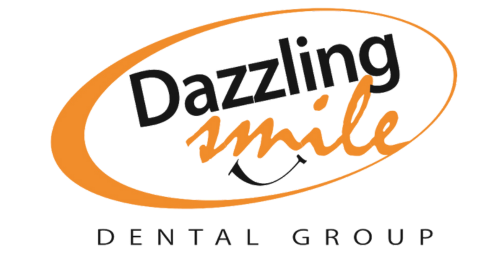Every dentist in Bayside has different capabilities and focuses on different specialties. Some may be able to treat temporomandibular joints disorder, which affects one's ability to open the mouth or jaw. If you receive a TMJ diagnosis, talk to a local dentist about treatment or receiving a referral.
Understanding TMJ: Causes, symptoms and diagnosis
The temporomandibular joints are located on either side of the head and act like hinges that allow the jawbone to seamlessly slide away from the skull when one chews, talks, yawns or otherwise moves the mouth. TMJ causes those hinges to become "rusty," so to speak, making it difficult for one to move the jaw without experiencing some degree of pain. Though the cause is unclear, dental professionals have a few hypotheses as to why it occurs:
- Teeth clenching
- Injury or dislocation
- Arthritis
- Poor jaw or tooth alignment
Genetics also can play a role in TMJ. It is important to note that teeth clenching or grinding is often a symptom of the condition and may not necessarily be the cause.
In addition to clenching and grinding, TMJ is characterized by a few obvious symptoms. Those afflicted may experience clicking, popping or locking when moving the jaw. Patients may also live with chronic headaches, earaches or jaw pain. The jaw may feel tender for no reason and pain might arise when one attempts to open the mouth widely.
To diagnose TMJ, the dentist performs a thorough examination. In addition to listening to and feeling the jawbone when the patient opens and closes the mouth, the dentist may observe the range of motion of the jaw, press on the jawbone to identify areas of pain or tenderness or take X-rays of the jawbone. In rare instances a dentist may order a CT scan or MRI.
How a dentist in Bayside can help treat TMJ
Many people assume dentists deal strictly with teeth, but the truth is that dental professionals are typically well-versed in the jaw system as a whole. Because the temporomandibular joint is a critical component of that system, most dentists are equipped to treat issues that stem from it.
More often than not, TMJ is the result of jaw and tooth alignment issues. If this is the case, the dentist may refer the patient to an orthodontist, who may recommend standard alignment treatments such as braces. These treatment methods can help realign the teeth and jaw so that the mouth is able to open and close with ease.
If the dentist determines that TMJ is the result of grinding or clenching, they can take care of the problem in office. In these cases, the dentist may take an impression of the patient's teeth and have a lab make a custom-fit dental appliance. The patient can wear this appliance, which looks like a mouthguard, while sleeping.
There are at-home remedies patients can use to alleviate the pain associated with TMJ. Hot and cold packs, anti-inflammatory medications and relaxation techniques can all help to reduce muscle tension and keep pain to a minimum.
Conclusion
Do you live with TMJ? Talk to your dentist in Bayside about treatment today.
Request an appointment here: https://www.dazzlemysmile.com or call Dazzling Smile Dental Group at (718) 841-9535 for an appointment in our Bayside office.
Check out what others are saying about our services on Yelp: Read our Yelp reviews.




